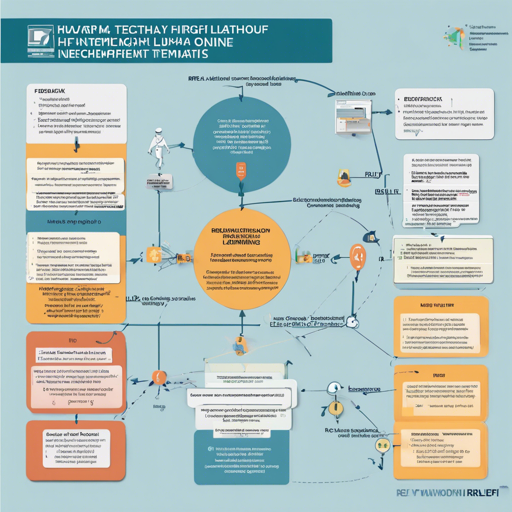In this article, we will navigate the intricate world of Reinforcement Learning from Human Feedback (RLHF), focusing particularly on the workflow described in the paper **[RLHF Workflow: From Reward Modeling to Online RLHF](https://arxiv.org/pdf/2405.07863)**. This guide is intended to be user-friendly and will walk you through the training process, necessary code, and troubleshooting ideas to ensure a smooth implementation.
Understanding the Workflow
Imagine you are training a pet. Initially, you observe how it behaves in various scenarios (reward modeling). Over time, you provide it with feedback based on its actions (like treats for good behavior). Finally, you apply that learning in real-time to adjust its behavior further (online RLHF). This workflow serves as a foundation for designing mechanisms that train AI agents to perform better based on human insights.
Training the Model
To start your training process, follow these steps:
- Get the base model: Our base model is Meta-Llama 3 (8B Instruct).
- Use the training script provided in the GitHub repository: Training Script.
Code Implementation
To utilize the code for your model, observe the necessary imports and setup below:
from transformers import AutoTokenizer, pipeline
rm_tokenizer = AutoTokenizer.from_pretrained('sfairXCF/sfairX-LLaMA3-RM-v0.1')
device = 0 # accelerator.device
rm_pipe = pipeline(
'sentiment-analysis',
model='sfairXCF/sfairX-LLaMA3-RM-v0.1',
#device='auto',
device=device,
tokenizer=rm_tokenizer,
model_kwargs={'torch_dtype': 'torch.bfloat16'}
)
pipe_kwargs = {
'return_all_scores': True,
'function_to_apply': 'none',
'batch_size': 1
}
chat = [
{'role': 'user', 'content': 'Hello, how are you?'},
{'role': 'assistant', 'content': 'I\'m doing great. How can I help you today?'},
{'role': 'user', 'content': 'I\'d like to show off how chat templating works!'},
]
test_texts = [rm_tokenizer.apply_chat_template(chat, tokenize=False, add_generation_prompt=False).replace(rm_tokenizer.bos_token, '')]
pipe_outputs = rm_pipe(test_texts, **pipe_kwargs)
rewards = [output[0]['score'] for output in pipe_outputs]In this code snippet, think of AutoTokenizer as the translator that helps your model understand human language. The pipeline serves as the assembly line, where input is processed and analyzed for sentiment. Finally, we evaluate the model using predefined chat conversations to score its performance.
Understanding Results
The performance of your model can be assessed using scores from the Reward-Bench. Here’s a summary of the results:
| Metric | Score |
|---|---|
| Chat | 99.44 |
| Chat Hard | 65.13 |
| Safety | 88.76 |
| Reasoning | 88.3 |
Troubleshooting
If you encounter any issues, consider the following troubleshooting ideas:
- Check your model parameters to ensure they align with the specifications outlined in the documentation.
- Ensure that you have the latest versions of all libraries installed, including transformers and torch.
- If the model isn’t producing expected outputs, review the chat templates to confirm they are structured correctly.
For more insights, updates, or to collaborate on AI development projects, stay connected with fxis.ai.
Conclusion
At fxis.ai, we believe that such advancements are crucial for the future of AI, as they enable more comprehensive and effective solutions. Our team is continually exploring new methodologies to push the envelope in artificial intelligence, ensuring that our clients benefit from the latest technological innovations.

